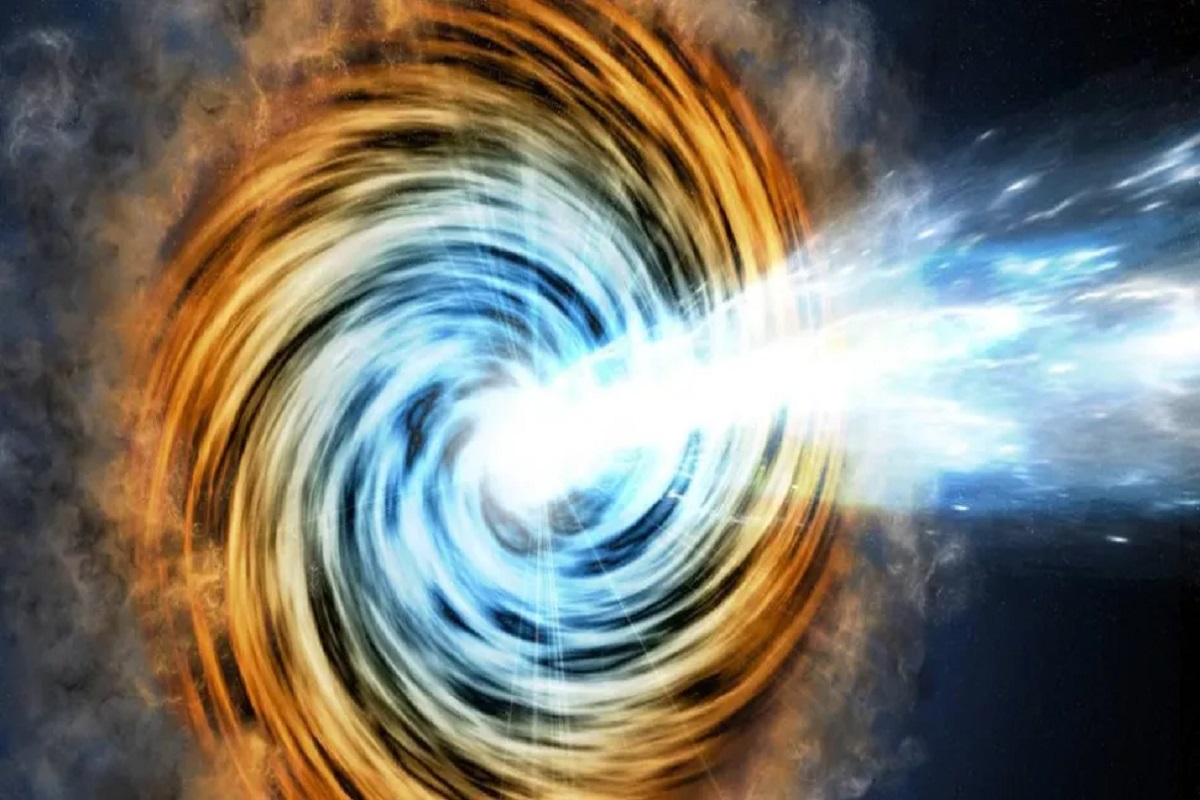An object that was thought to be a radio galaxy has now been detected by scientists as an active black hole. The black hole appears to be facing Earth by changing its angle.

“Our hypothesis was that the supermassive black hole’s jet changed its direction, and we needed a lot of observations to confirm that idea,” study lead author Lorena Hernández-Garcia, an astronomer at the Millennium Institute of Astrophysics, said in a statement.
Hernández-Garcia and colleagues observed PBC J2333.9-2343 across almost the entire electromagnetic spectrum, from radio waves to gamma-rays. Their observations showed that this galaxy had blazar-like properties: it was as bright and faint as blazars, and it had similar jets. Thus, they concluded that the object was most likely a blazar.
The lobes of these blazars are “very old,” but Hernandez-Garcia said, “they are remnants of past activity, while the structures near the nucleus represent young and active jets.” These latent lobes prove that the jets have actually changed direction.
It is not entirely unprecedented for a galaxy’s jets to appear in different locations. But in the earlier examples, there were two sets of lobes, meaning two separate jets were found to be on and off. In the case of PBC J2333.9-2343, it appears that they have only one source of activity, and that the technique has changed.
Scientists are looking for the reason behind this big change. Astronomers are still working on it. Current theories talk about galaxy mergers. where another massive galaxy collided with PBC J2333.9-2343. However, more observations are needed to unravel this mystery.
